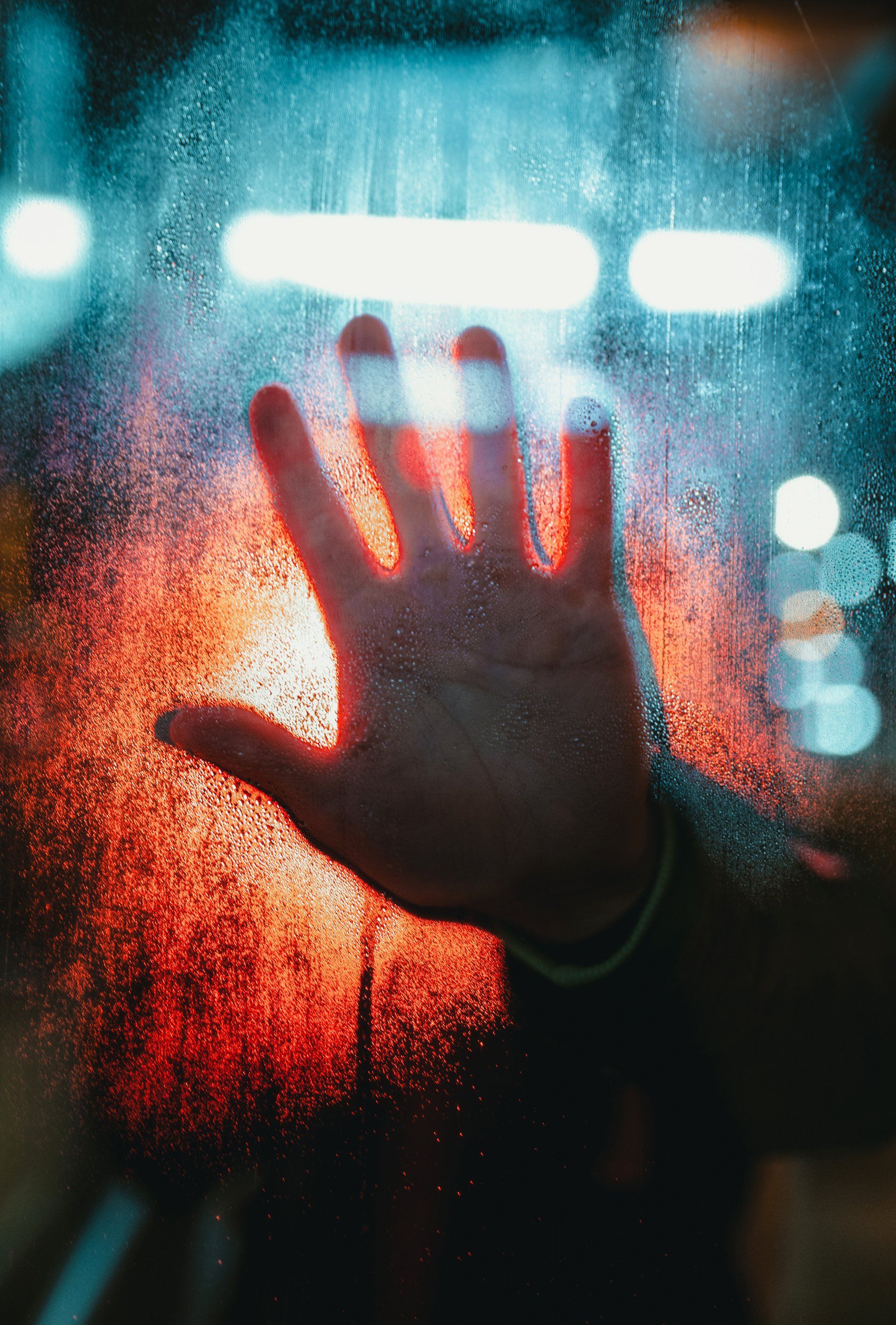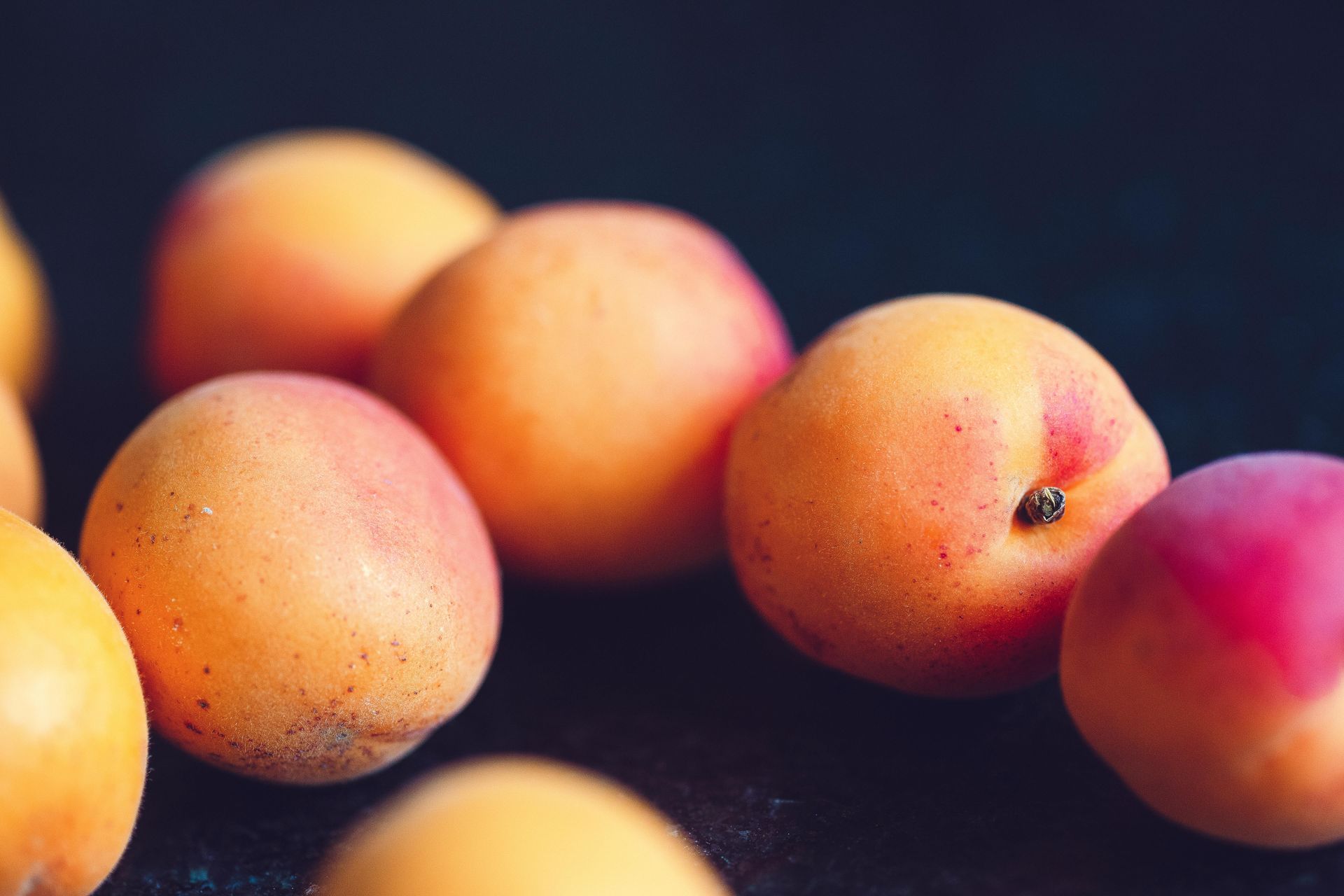Humanity’s worst infectious killer, measles, bird flu in cows
TB, the human race’s most serious infectious disease, is on the march again. Measles is affecting the UK. And over in the USA, bird flu has crossed into cows and has made its way into one human. At the same time a new study says climate change and biodiversity loss sit at the heart of infectious disease outbreaks.
We are fighting climate change in the long term. In the short term UVC disinfection delivers a reliable way to fight infectious diseases in hospitals, care homes, and in fact everywhere people gather indoors. Here’s the news.
TB kills 3,600 of us every day
UVC light at the wavelength used in our Ultraviolet UV disinfection units kills the Mycobacterium tuberculosis stone dead within seconds. Which is just as well when it remains one of the most serious health threats humanity faces.
10.6 million of us caught TB in 2022 alone and 1.5 million were killed by it. TB is effectively one of the planet’s oldest, longest-lasting pandemics, killing humans for at least 40,000 years. It has beaten our immune systems time and time again, and continues to do so. To this day it remains stubborn, sneaky, and very hard to beat.
Covid overtook TB in the charts for a while, now TB is back in the number one spot. Sometimes it’s still treatable with antibiotics, other times it’s impossible to shift, evolved into something sinister that resists even the most powerful drugs. The only vaccine we have is 100 years old and only partially effective, working well in children but useless for adults. And it doesn’t even protect people against the disease’s most common form.
On the bright side tests are about to begin on a new vaccine called M72/AS01E. Experts are hoping the field trials in South Africa will have positive results in real world circumstances, outside the lab. The trial is set to last five years. In the meantime, our proven UVC hygiene units will kill TB off in no time along with a huge list of other bacteria and viruses, nasty spores, moulds and yeasts.
Measles spreads in the UK
If you’re old enough to have had measles as a child, you might know how horrible it can be. A friend of ours had a 105 degree temperature for two days and was hallucinating huge spiders on the ceiling of her bedroom. She nearly died. That was in Yorkshire, in 1974. Now Scotland's measles cases are on the up with 11 cases so far in 2024 compared to one in 2023. It might not seem like many but it’s a worrying trend. And a recent London outbreak made 74 people ill, the highest concentration of measles in England.
In the words of Community Pharmacy Scotland,
“A few measles cases have been reported across other parts of the UK and Europe this year. While there have been very few recent cases of measles in Scotland, there remains a risk of infection in those who have only received one dose, or no doses, of the measles, mumps and rubella (MMR) vaccine. Having two doses of the MMR vaccine is the best way to be fully protected against measles."
Measles is a highly infectious viral illness and as such, it’s highly likely it’ll be killed off just as fast as other viruses killed by UVC disinfection technology. In the words of Professor Kevin Esvelt, a biologist at Massachusetts Institute of Technology, “We have so much data suggesting that this is far and away the most impactful technology, when it comes to protecting people from infectious disease today.”
At the same time the HSE has issued an urgent alert to people who visited Cork University Hospital recently, because they might have been in contact with the measles virus. They’ve been asked to keep an eye open for measles symptoms for a full 21 days after their visit.
Bird flu spreads to cows in the USA
There’s a multi-state bird flu outbreak in dairy cows across the USA right now, the first time the HPAI A (H5N1) strain has jumped to cattle. The US Centers for Disease Control and Prevention also says one farm worker in Texas has been infected. Now they’re monitoring more than 100 people – mostly farm workers – for infection.
Avian influenza A viruses do infect people now and again, so it isn’t a disaster... yet. But it’s extremely rare and this is just the second time it has happened in North America. The risk to people is apparently low so far, but because the mortality rate is horribly high at about 50%, and there’s a ‘strong likelihood’ of another pandemic where an animal disease goes human, the world’s health professionals are on alert.
Biodiversity loss is the biggest driver of infectious disease
A new study reveals biodiversity loss as the single biggest cause of infectious disease outbreaks, which are steadily increasing and worsening around the globe. The work, called
A Meta-Analysis on Global Change Drivers and the Risk of Infectious Disease, was published in
Nature magazine.
New infectious diseases often start off in wild animals. There are five key points at which change drives more and worse outbreaks. All of them destroy ecosystems. Biodiversity loss comes top, followed by climate change, non-native species, chemical pollution and habitat loss.
Stay safe, stay open, keep people healthy
There are so many health threats circulating. The way humanity runs the world is actually supporting the catastrophic diseases that threaten us. We have to sort ourselves out, but that could take decades. While we’re doing that, UVC disinfection remains the simplest, most effective way to kill a huge variety of pathogens before they make us ill.
If you’d like to fit them in your business, let’s talk. You’ll find our tech affordable, simple, easy to use and incredibly effective.










